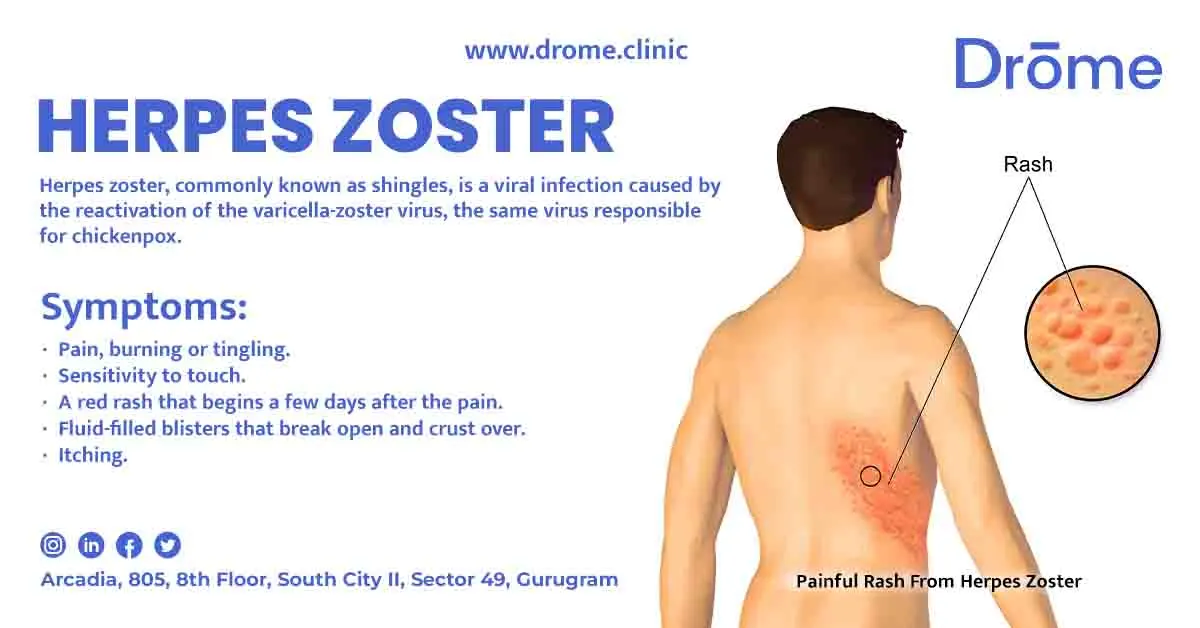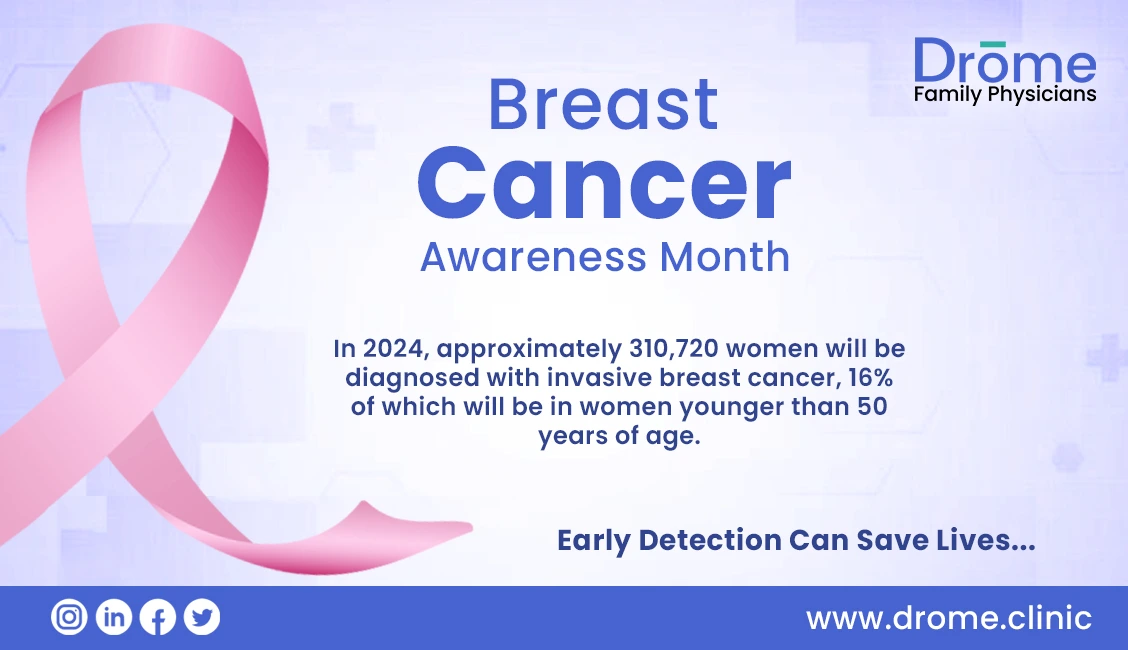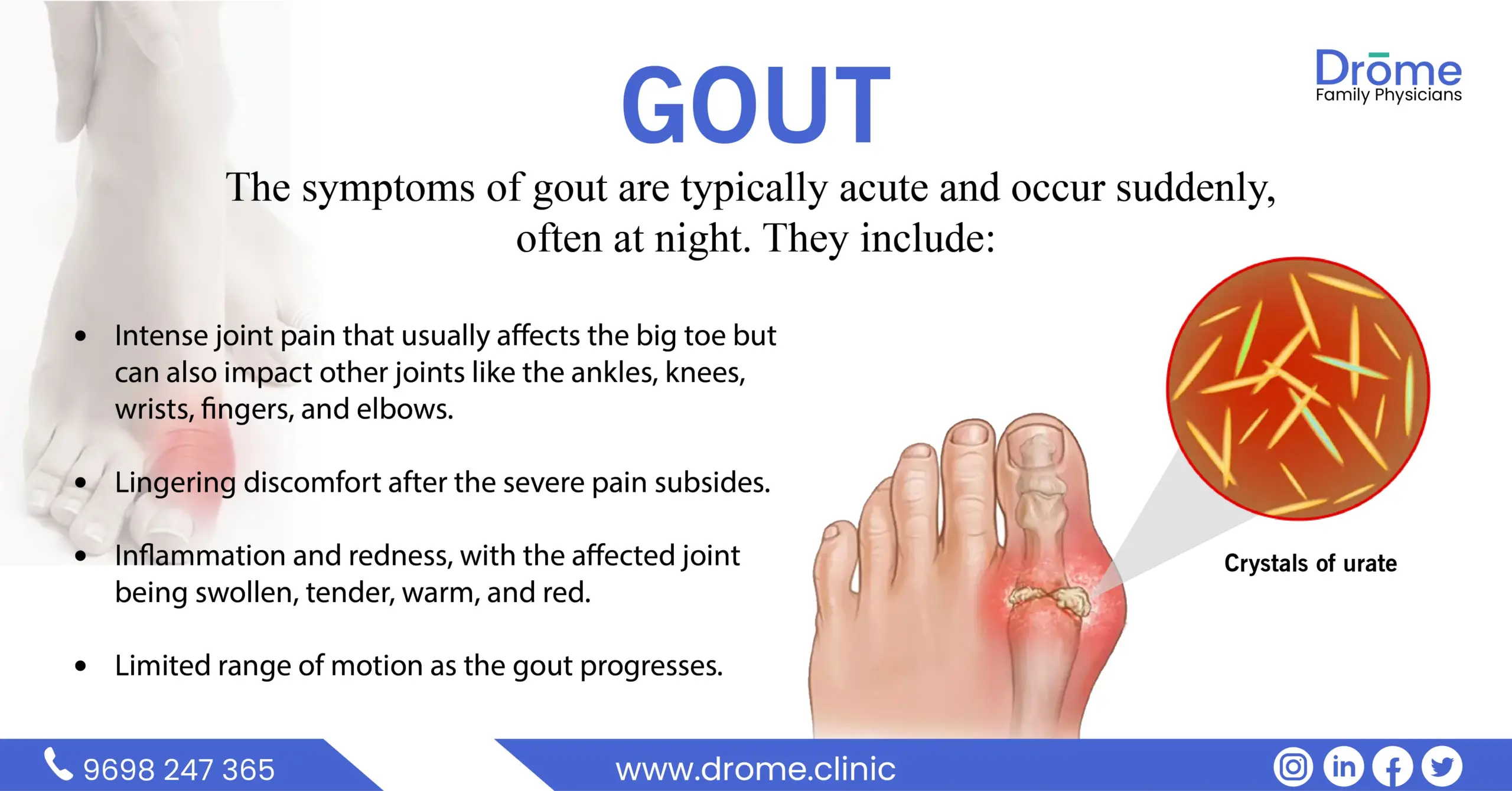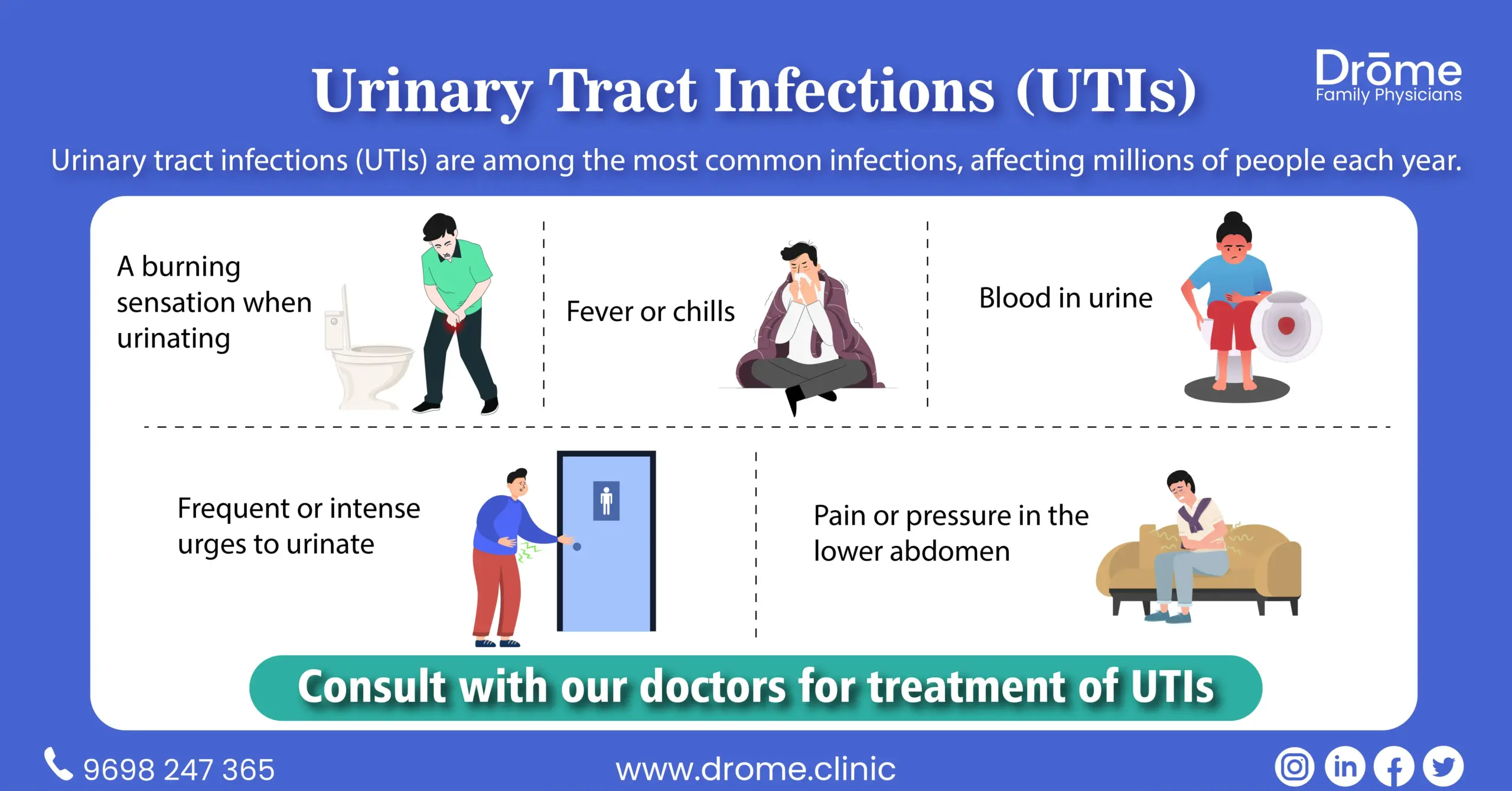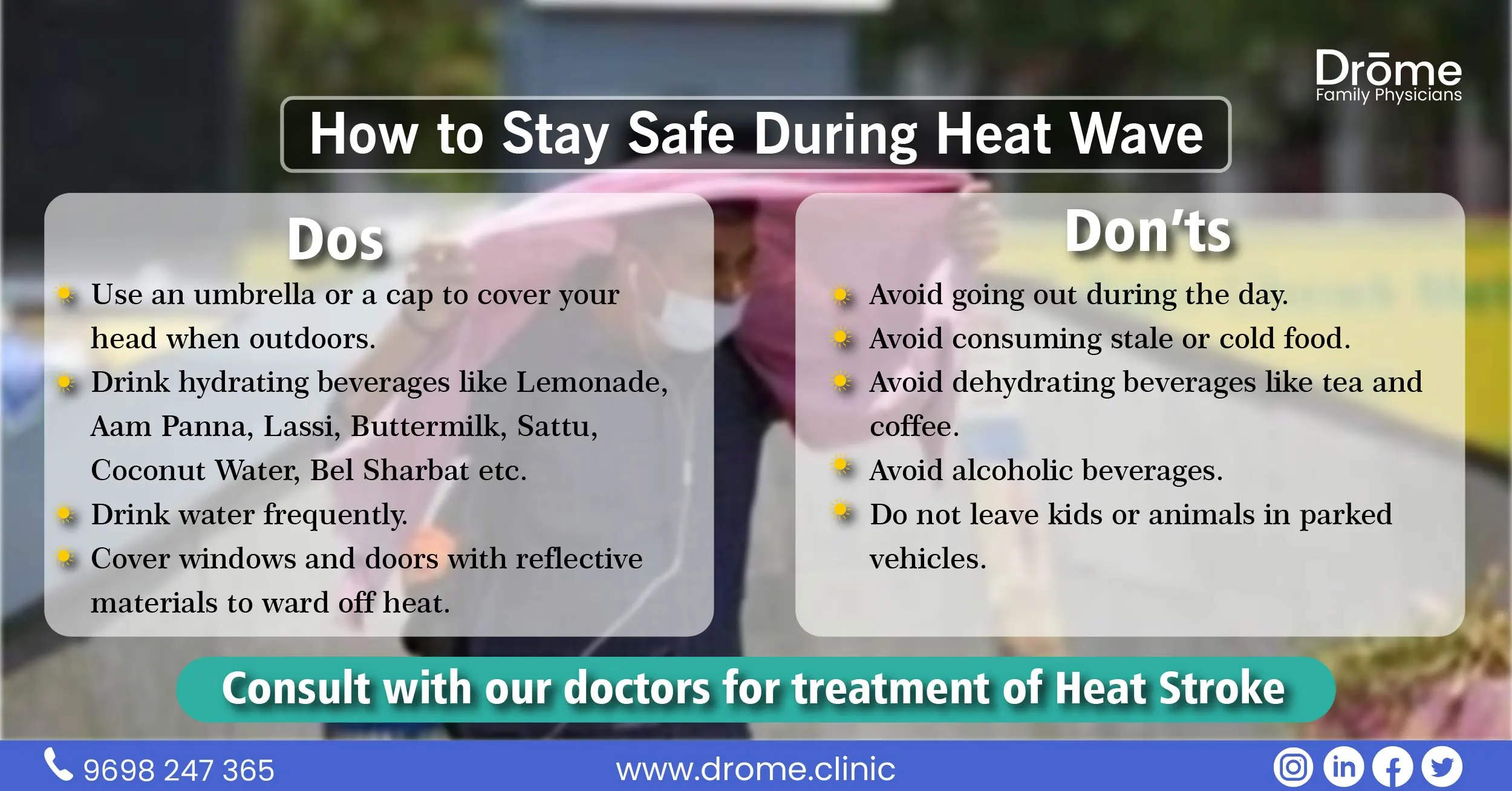Table of Contents
ToggleHerpes Zoster: A Brief Overview
Herpes zoster, commonly known as shingles, is a viral infection caused by the reactivation of the varicella-zoster virus, the same virus responsible for chickenpox. It is characterized by a painful rash, usually on one side of the body or face.
Causative organism: Varicella Zoster virus-which causes Chicken pox. Varicella-zoster is part of a group of viruses called herpes viruses. After causing chickenpox, the virus stays in the body for the rest of life and it may reactivate as shingles.
Herpes Zoster Symptoms
Shingles symptoms usually affect only a small section on one side of the body. The symptoms may include:
- Pain
- burning or tingling
Sensitivity to touch - A red rash that begins a few days after the pain
- Fluid-filled blisters that break open and crust over
- Itching
Additionally the symptoms may include:
- Fever
- Headache
- Sensitivity to light
Fatigue - Pain is usually the first symptom of shingles. For some people, the pain can be intense.
Risk factors
Anyone who has ever had chickenpox can develop shingles. Factors that may increase the risk of developing shingles include:
- Age: The risk of developing shingles increases with age. Shingles typically occurs in people older than 50.
- Some diseases: Diseases that weaken the immune system, such as HIV/AIDS and cancer, can increase risk of shingles.
- Cancer treatments: Radiation or chemotherapy can lower the resistance to diseases and may trigger shingles.
Herpes Zoster Diagnosis & Treatment
Diagnosis: It is usually based on the rash’s appearance and medical history. In uncertain cases, laboratory tests may confirm the infection.
Treatment: Prompt treatment with antiviral medication can speed up healing and reduce the risk of complications.
Pain relief and anti-inflammatory drugs are also commonly used.
Prevention
The Shingles vaccine is the best prevention method. Shingrix is approved and recommended for people age 50 and older, whether they’ve had shingles or not. Shingrix is also recommended for people who are 19 years of age and older who have weakened immune systems due to disease or medication.
Complications
Complications from shingles can include:
Postherpetic neuralgia: For some people, shingles pain continues long after the blisters have cleared. This condition is known as postherpetic neuralgia. It occurs when damaged nerve fibers send confused and exaggerated messages of pain from the skin to the brain.
Vision loss: Shingles in or around an eye (ophthalmic shingles) can cause painful eye infections that may result in vision loss.
Neurological problems: Shingles may cause inflammation of the brain (encephalitis), facial paralysis, or problems with hearing or balance.
Skin infections: If shingles blisters aren’t properly treated, bacterial skin infections may develop.
Conclusion
Awareness and vaccination are key to reducing the impact of herpes zoster. Early treatment can help manage symptoms and prevent long-term complications.
Frequently Asked Questions
Someone with herpes zoster can’t spread herpes zoster to another person, but they can spread chickenpox. The varicella-zoster virus is spread through direct skin-to-skin contact with the fluid that oozes from the blisters.
Can herpes zoster occur more than once?
Yes, it’s possible to get shingles more than once, though it’s not common.
Sourced from Mayo clinic

